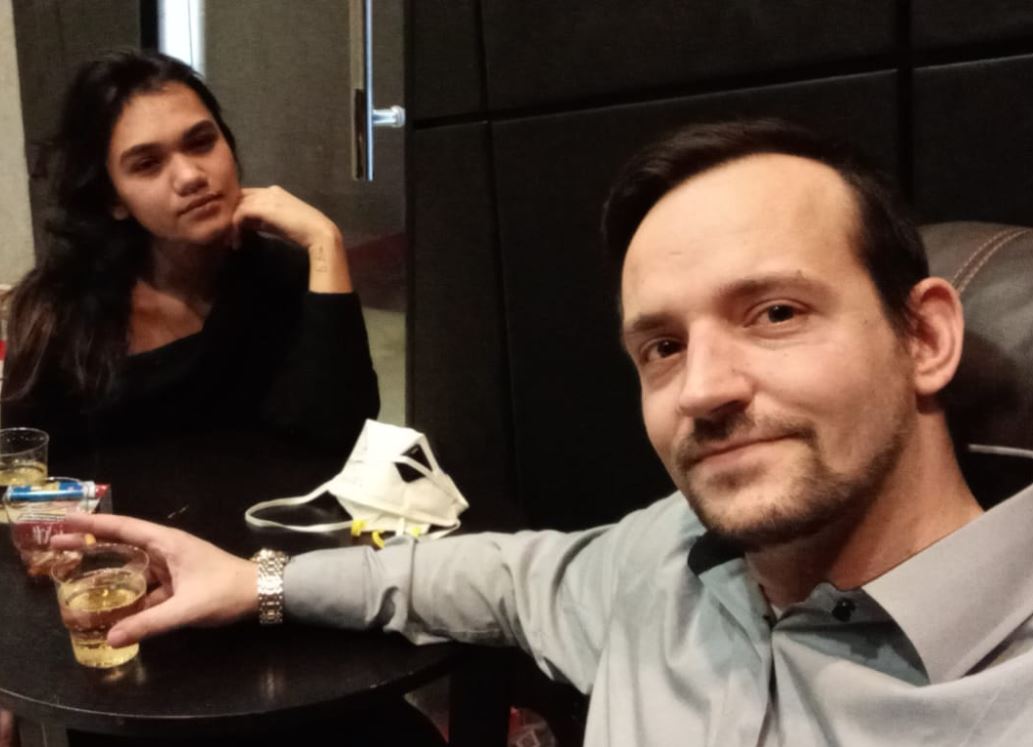Young perpetrators in sight: How the Internet promotes extremism!
Europol warns that more and more young people are involved in terrorism in Europe. Online platforms play a central role.

Young perpetrators in sight: How the Internet promotes extremism!
Europol has found alarming tendencies in the field of terrorism in a current report. Particular attention is paid to the ever younger age structure of the suspects. Almost every third suspect was under 2024 in 2024, with the youngest arrested suspect being just 12 years old. This indicates a worrying development, which is further reinforced by digital platforms and "online cultural communities". These communities use the Internet specifically to spread extreme thought and recruit young people, such as [vienna.at] (https://www.vienna.at/terroristen-immer-juenger-wie-online-platforms-kinder-kinder-machen.
The European boss Catherine de Bolle emphasizes that terrorist groups address particularly endangered people, including young people with mental problems or social isolation. At the same time, EU Commissioner for the Interior, Magnus Brunner, calls for more vigilance with regard to the radicalization of young people who find further food through geopolitical tensions such as the Gaza War and the conflict in Ukraine. These developments show that the threat caused by extremist ideologies not only in physical places, but also increasingly in digital space.
radicalization in the digital age
The Internet has established itself as a key medium for radicalization. Extremist actors use digital communication for their purposes to gain new supporters and spread their ideologies. The advantages of the online world, such as anonymity and quick information transfer, make them particularly attractive for young people. According to the bpb, radical content is often subtly designed and difficult to recognize. The unsuspected nature of many propagated messages is a major challenge.
In addition, the figures from 2024 show that a total of 58 terrorist attacks were recorded in 14 EU member states. 34 of these attacks were successful, while the rest were thwarted or failed. The organizations behind these acts use various media formats, including pictures, videos and even music to address emotions and create targeted enemy images. Social media platforms such as Facebook, YouTube and Instagram are actively used to spread extremist content so that every medium can contribute to radicalization.
The role of the individual
The radicalization is an individual process that is influenced by a variety of factors. Experts emphasize that purely virtual radicalization rarely occurs. Instead, it is often the interaction of online interactions and offline experiences that make young people susceptible. This knowledge underlines the need to fight against the influences from the digital world and to develop suitable prevention measures, as it is Spiegel.de critically questioned.
In view of the alarming developments, the EU demands increased efforts in the fight against the radicalization of young people. The combination of preventive measures, the promotion of a positive online environment and the critical examination of extremist propaganda will be crucial to prevent young people from getting into the catches of radicalizing ideologies.
 Suche
Suche
